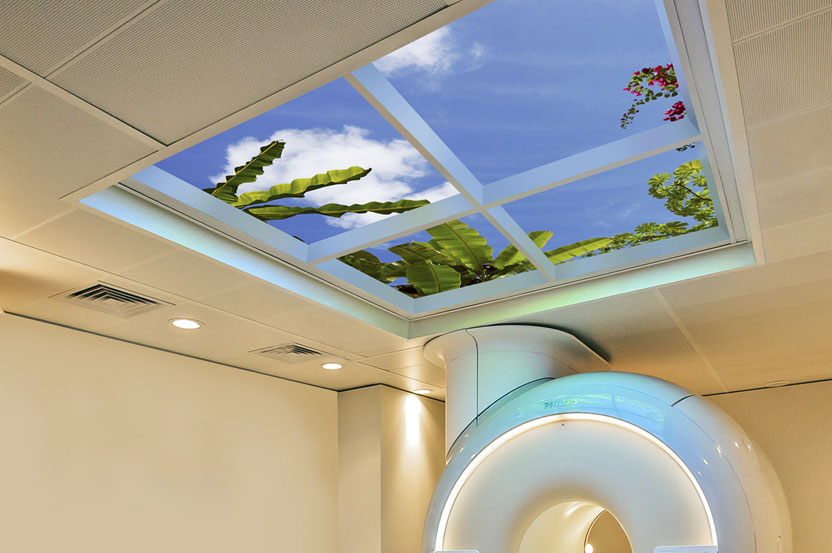
Over time, medical technology has developed dramatically, giving patients access to more precise diagnoses and therapies. However, an MRI scan is one part of medical treatment that frequently stays frightening. In particular, claustrophobic individuals may experience anxiety and discomfort due to the prolonged duration, enclosed area, and loud noises. Presenting the virtual skylight, a cutting-edge technology that greatly enhances patient comfort and cooperation by bringing the soothing influence of nature into the MRI experience.
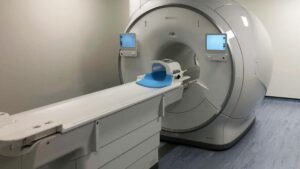
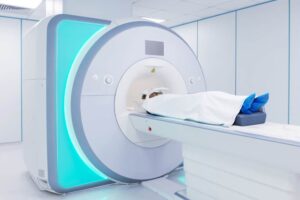
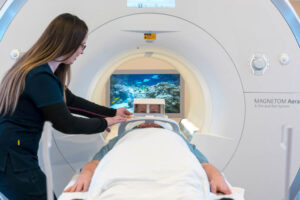

How It Works
Typically, a virtual skylight system entails hanging high-definition displays from the MRI room’s ceiling. Realistic pictures of the sky, clouds, trees, and other peaceful natural settings are displayed on these ceiling cutouts. In order to create a holistic experience, photography is frequently combined with a soft ambience that reflects the natural surroundings.
Advanced systems might use daylight-simulating LED panels, which gradually alter in color and intensity to replicate the way light naturally changes throughout the day. This dynamic lighting may further enhance the relaxing impact, reinforcing the feeling of being outside.
Technological Integration
It is important to take into account both the unique requirements of the medical setting and the limitations of technology when integrating a virtual skylight into an MRI room. The lighting and screen systems need to be robust, easily cleaned, and non-intrusive. They must also not obstruct the MRI machine’s functionality or the quality of the pictures it produces.
The MRI suite is a clean, functioning place that can be easily merged with high-definition, lifelike displays thanks to recent developments in screen technology and LED illumination. Every patient may experience the calming benefits of a virtual skylight because of these systems’ ability to be tailored to the specific dimensions and needs of various MRI facilities.
Benefits for Patients and Providers
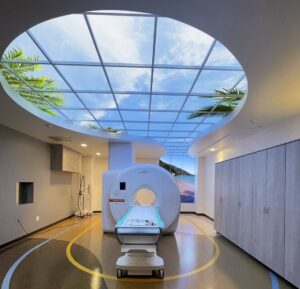
With encouraging outcomes, a number of medical institutions have already started installing virtual skylights in their MRI rooms. Patients say they feel more at ease, and technicians have noticed that patient mobility has resulted in less disruptions.
These achievements demonstrate how virtual skylights have the power to completely transform MRI scan procedures, making them more effective and patient-friendly.
The Future of MRI Comfort
Virtual skylights and other immersive environments have a wide range of potential uses in medical settings as technology advances. More advanced virtual reality (VR) systems, interactive displays, and customized nature settings based on patient preferences are possible future advances.
By implementing these advancements into routine medical practice, MRI scans and many other diagnostic and therapeutic procedures may become less frightening and more compassionate. The ultimate objective is to provide a healthcare setting where patient comfort is given priority without sacrificing the standard of service.
Conclusion
An important advancement in improving patient comfort during MRI scans is the virtual skylight. This creative approach reduces the fear and discomfort that many patients feel by bringing the outside in, which improves results and enhances the patient experience. We may anticipate a time when medical operations are not only essential but also compassionate and patient-centered as more healthcare practitioners use this technology.
A virtual skylight is a ceiling panel that displays realistic images of the sky or nature, making the MRI room feel more open and calming for patients.
It reduces anxiety and stress by giving patients the feeling of being outdoors, which can make the scan experience much more comfortable.
Yes, studies show that patients exposed to virtual skylights feel calmer and less anxious, especially those who are claustrophobic or nervous.
Yes, they’re designed with non-magnetic materials and special lighting that won’t interfere with the MRI machine.
Many systems let patients pick their favorite scenes, like clouds, blue skies, or nature views, making the experience more personal.
Yes, children often find the experience less scary and more enjoyable with a calming sky or nature scene above them.
Yes, by helping patients relax, they’re less likely to move or require repeat scans, making the process smoother and faster.
They improve patient satisfaction, reduce anxiety, and can even help staff feel more at ease in the MRI environment.
©2024 Kryptonite SolutionsTM. All Rights Reserved.
Powered by: Purple Tuché